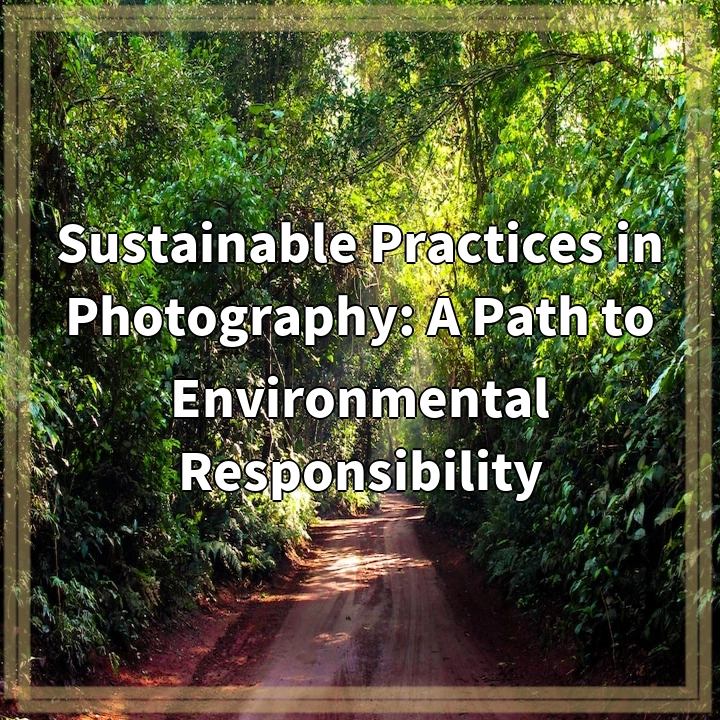
What is Sustainable Practices in Photography?
Sustainable practices in photography refer to adopting environmentally responsible and ethical approaches throughout the process of capturing, developing, and sharing photographs. It involves reducing the negative impact on the environment, conserving resources, and promoting sustainable alternatives. These practices aim to minimize waste, pollution, and energy consumption associated with traditional photography methods.
Real-World Problems Associated with Unsustainable Photography
Unsustainable photography practices can have detrimental effects on the environment. Some of the major problems include:
1. Chemical Pollution
Traditional photographic processes involve the use of harmful chemicals such as silver, fixers, and developers. Improper disposal of these chemicals can contaminate water bodies and soil, adversely affecting aquatic life and ecosystems.
2. Excessive Resource Consumption
Film-based photography requires the extraction of natural resources such as crude oil for producing film rolls. Additionally, the energy-intensive process of developing film and printing photographs consumes significant amounts of electricity and water.
3. Electronic Waste
Digital photography has its own environmental challenges. The relentless pursuit of the latest camera models and accessories leads to a rapid accumulation of electronic waste. These outdated cameras, batteries, and memory cards often end up in landfills, leaching harmful substances into the environment.
4. Travel-Related Carbon Footprint
Photographers often need to travel to remote locations for photo shoots, resulting in increased carbon emissions from transportation. This contributes to air pollution and further exacerbates climate change.
5. Lack of Awareness and Education
Many photographers are not aware of the environmental impact of their practices or the sustainable alternatives available to them. A lack of education and awareness hinders the adoption of more sustainable approaches in the field of photography.

Promoting Sustainable Practices in Photography: Solutions to Environmental Challenges
To address the environmental challenges associated with photography, several solutions and sustainable practices can be implemented:
1. Embrace Digital Photography
Shifting to digital photography significantly reduces the use of chemicals, energy, and resources associated with film-based photography. Digital images can be stored and shared electronically, reducing the need for printing and minimizing electronic waste.
2. Opt for Eco-Friendly Equipment
Choose cameras, lenses, and accessories from manufacturers that prioritize sustainability and eco-friendly manufacturing processes. Look for products with energy-efficient features, recyclable materials, and longer product lifespan.
3. Practice Responsible Printing
If printing photographs is necessary, use eco-friendly printing options such as recycled paper and vegetable-based inks. Additionally, print only when necessary and in limited quantities to minimize waste.
4. Proper Chemical Disposal
When traditional photography methods are used, it is crucial to dispose of chemicals properly. Follow local regulations and guidelines for safe chemical disposal to prevent pollution of water bodies and soil.
5. Reduce Travel Emissions
Minimize carbon emissions by planning shoots efficiently to reduce the need for multiple trips. Explore local photography opportunities, use public transportation, or carpool whenever possible. Offset travel emissions by investing in carbon offset programs.
6. Educate and Raise Awareness
Advocate for sustainable photography practices by sharing knowledge and raising awareness among fellow photographers, clients, and the general public. Teach about the environmental impact of photography and promote the adoption of sustainable alternatives.















